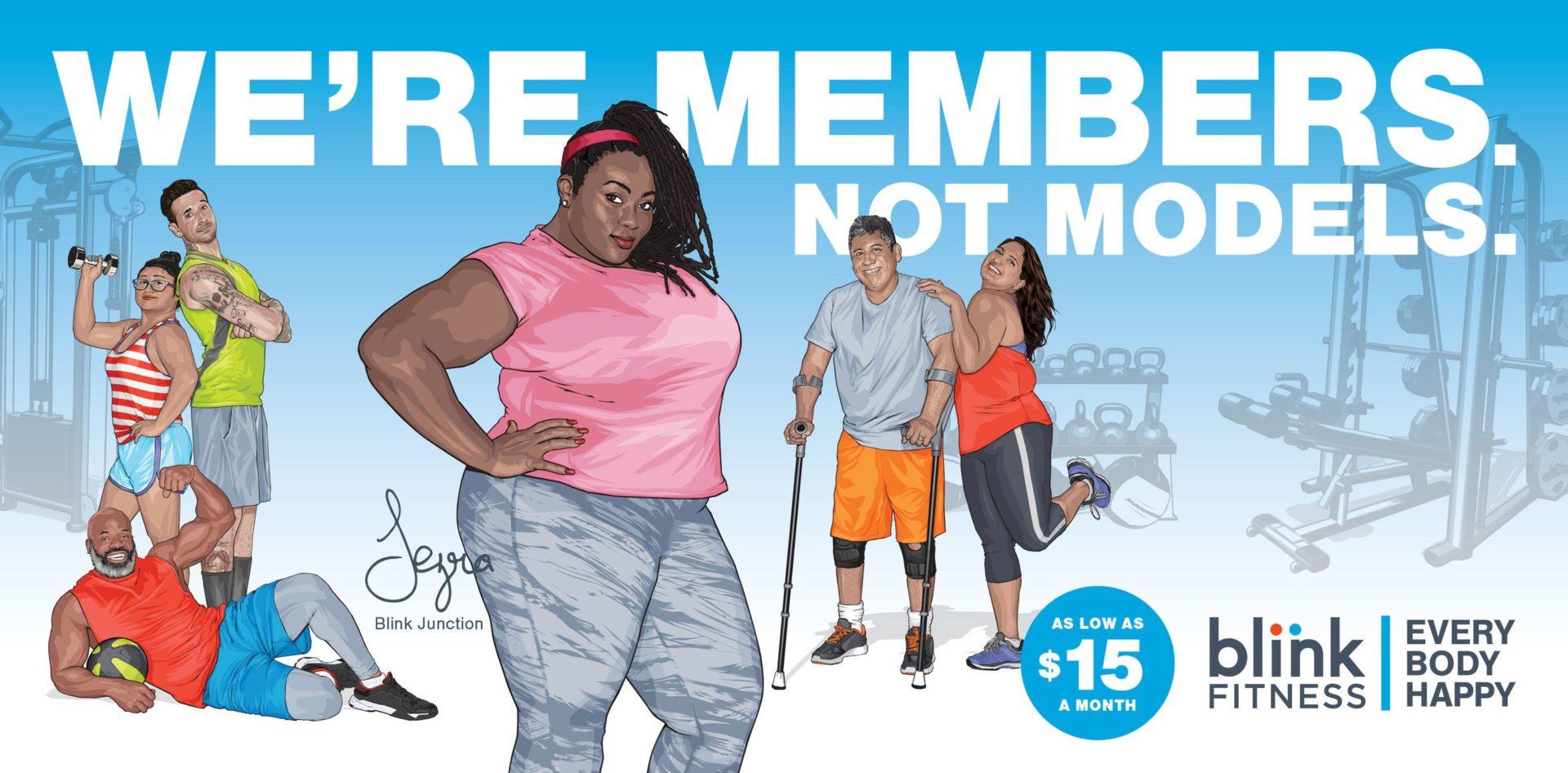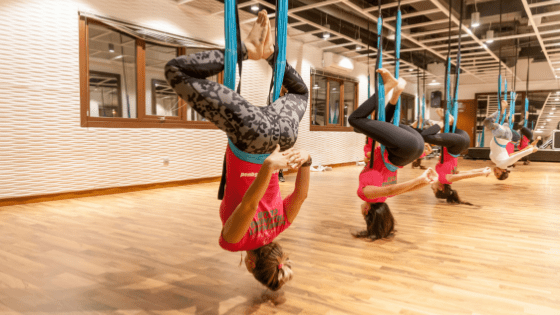A lack of creativity can sink you. The road from start-up to stability brings its fair share of obstacles that require creative thinking to navigate. Creativity is not just about your ability to generate ideas but its ability to navigate problems quickly when they arise.
One area where creativity is an absolute must is marketing. To get out there and generate leads in a crowded market requires creative thinking to stand out from the crowd. Marketers have used everything from guerilla marketing to viral marketing to get their message out there.
In this blog, we will take a look at the marketing tactics that make a good campaign and why you need to be creative about how you approach it. We will also list four marketing campaigns to give your marketing strategy that vital shot of creativity. Skip to a section in the table below.
What Makes a Good Marketing Campaign?
That is the million-dollar question – what makes a good campaign? Or possibly more importantly, what makes a bad campaign? Well, the answer is straightforward.
A good campaign generates tonnes of leads and creates significant brand awareness while a bad campaign… well, it doesn’t…
A good marketing campaign will offer people a solution to the problem that they need solving the most. It authentically connects with them and tells the audience, “We can help you.”
To give you an example of what makes a good marketing campaign, let’s take a look at two recent examples from Blink Fitness and Puregym.
Blink Fitness
Refinery 29 described this marketing campaign as “reminding us what exercise should be about” and the brilliance of the promotion is down to how simple it is. The New York based fitness business, which has 86 locations around the city, launched a campaign called “Every Body Happy.”

Source: refinery29.com
So what’s it about and why does it work?
Instead of hiring super-fit athletic models for the campaign, what Blink Fitness did is cast 16 of its ordinary members for the ad campaign. With the participants coming in all shapes and sizes, the campaign celebrates how exercise makes you feel, not how it makes you look. The tagline ‘We’re members. Not Models’ sums this up perfectly.
The promotion works well as it taps into the current spotlight on increasing body positivity. By choosing not to feature the flawless models that dominate our social media platforms currently, the campaign connects with the type of people that would typically use their gym.
Pure Gym
Similarly, low-cost fitness chain Pure Gym took the approach of trying to connect with its audience in a more authentic way that reflects them. In their 2017 campaign, the strategy was to focus on the ethos that ‘People Are Incredible.’ The reasoning behind this was that they wanted to move away from being another 24-hour access commercial gym and make a deeper connection with their customers and drive more engagement across their marketing channels. Take a look at an ad from the campaign below.
The campaign is effective as, like Blink Fitness, it focuses on the real people that use their gym day in and day out. In a series of short films that run in the background of a solitary exercise bike, we see the benefits of exercise to their everyday lives. Pure Gym then released a series of short films for social media, which told the stories of their members and how exercise has changed their lives. Testimonials will always form an essential part of any good gym marketing campaign.
How Do You Plan a Campaign?
Before we get into some marketing campaign ideas, let’s take a look at the fundamentals you need to cover when planning a campaign strategy.
Know your audience: This is really the fundamental first step of planning a campaign. You need to know who your audience is and what it is you can offer them. Take a look at Blink Fitness and Pure Gym. They wanted to resonate people who attended their gym, so they tailored their campaign around this audience.
Have an end goal: There is no point in starting up a campaign if you don’t have an end goal in mind. A directionless campaign is nearly worse than no campaign at all – so write down your goal at the very beginning. Do you want to sign up for current members for a new 6-week challenge? Or do you need to generate a certain quota of new leads for your sales team for a new membership drive? Make this decision early.
Make a budget: Budgeting matters at every stage of a business, from start-up to enterprise level. Once you have decided on your goal, you then need to figure out what will be the return on the investment of reaching this goal. Think of things like hiring outside resources to create content or the spend on digital advertising. Finally, estimate what exactly will be the cost of each lead you acquire.
Set up resources: Unless you are a multi-talented marketing wizard, you will need to outsource to specialists to create your marketing materials. The amount you can outsource depends on what you have budgeted. For most campaigns, you will need someone who can write copy, design images or create video – ideally all three!
Choose a channel: Where will your campaign go out on? Will it be through Instagram and Facebook ads? Or will you go down the more traditional method of flyers and posters? (small tip: don’t) Your audience influences the channel you choose. If you are trying to sign up new members, paid ads are the way to go. To target current members, maybe an organic social media campaign will fit better.
The Top 10 Barriers
Slowing Your Fitness
Business Growth
Discover more 4 Creative Marketing Campaigns Ideas for Your Gym
The time is now to get creative with your marketing campaigns. With so much noise out there and increased competition, you need to think outside the box to get noticed. From tips on running a kickass influencer marketing campaign that doesn’t cost a lot of money to telling a compelling brand story, here are four campaign ideas to get your creative juices flowing.
1. An Influencer Marketing Campaign
On a recent episode of the Glofox Fitness Founders Podcasts, Stuart Brauer enthusiastically talked about influencer marketing as one of the most cost-effective ways of marketing your gym business. To him, influencer marketing is a strategy that is still grossly underused by the majority of gyms right now.
The reason for this?
To most people, the term influencer marketing means using people who have thousands and thousands of followers. However, according to Stuart, there is a more creative way to approach this strategy. “So here is what I would recommend. Instead of one person with 100,000 followers, how about 50 of your clients that each have 1,000 followers. Fifty of your clients, because when you talk about celebrities, who follow celebrities? Fucking everybody.”
And the secret to Stuarts outside of the box marketing tactic is very simple. “Who follows Sally, who’s been a member of your gym for two years? Sally’s friends, family, and co-workers. So why don’t you make your clients your influencer…” This is an excellent example of approaching a strategy from a completely different angle – especially if you don’t have the marketing resources in place. Check out our recent article on influencer marketing for some more top tips on using this strategy to bring more awareness for your studio.
2. A Collaborative Marketing Campaign
They say two heads are better than one, and it’s very much the case in our next strategy. Collaborative marketing means that you partner up in another company who are in an industry similar to you. The advantage of this is that you spread the cost and more importantly create more awareness with a new audience.
For a fitness studio, the obvious example is a health food or health supplement brand. Both are in the health and fitness space and go in tandem with each other – to get the results you want in the gym; you need the right nutrition to fuel and refuel.
Here is an example of a piece of collaborative marketing that could work for your fitness business:
- Partner up with a local health food brand – someone who does pre and post-workout nutrition.
- Create meal plans together that are available as part of your member package
- Sponsor meals in the brand’s restaurant
- Allow the health food brand to have a pop up stand in your studio at times when your studio is busy
- Run social media competitions together – a great idea would be to ask your followers to come up with their best healthy food recipe and ask them to post it on your social media pages. This is an excellent use of user-generated content.
In short, collaborative marketing is a great way to spread brand awareness.
3. A Seasonal Marketing Campaign
Fitness studios are ruled in a sense by what time of the year it is. Typically there are times of the year where things will be quiet and others where things will be busier. However, as we pointed out in our blog on this topic, successful gym owners are proactive and are using creative ways to counteract this.
At the beginning of every year, you should sit down and pinpoint the times of year that things may be difficult. June, July, and August are when people will be away on holidays and in November and December when people are gearing up for the festive period. Here are a couple of ideas for running creative seasonal marketing campaigns:
Summer shape up: Run a summer shape-up challenge, marketing the event as a unique 6-week high-intensity program that’s different from the classes you usually offer. Perhaps you can use a well-known personal trainer to run the class – or promote the challenge as a set of classes “inspired by” an aspirational person from the fitness industry.
Festive fitness: A “12 Days of Fitness” challenge is easy for any gym or studio to implement because you can put any spin on it that you like. Each day, write up a new challenge leaderboard. For example, day one could be a “1-minute burpee challenge”. Have a staff member encouraging people to take part on the studio floor, and add them to the leaderboard. Offer a prize to those with the best time or quantity – but only if they’ve completed all 12 days!
4. A Referral Marketing Campaign
Running a referral marketing campaign may seem obvious, but not enough studios are doing it. Most will have referral programs in place their members may not be aware of as not enough is being done to promote it. The benefits of having a referral program up and running are that it’s a cost-effective way of acquiring members. Retention is also boosted. The reason is that if a member is reluctant to refer your studio, it means there may be an issue you need to solve for them. Hopefully, this intervention will stop them from leaving.
So how do you promote your referral program?
Before you even get started, you need to make sure you have a service worth referring. If you are confident that you have, then you need to bring awareness to your program. An organic social media campaign is perfect for this as most of your members will be following your page anyway. With your referral campaign offer an incentive to your members to entice them to refer.
The referral campaign doesn’t have to be just for members either. If you are running pay-as-you-go classes or paid trials, offer a discount if someone brings a friend along.
In Summary
The main lesson you should take from this article is that the more creative you are with your marketing efforts, the more chance you have to stand out from the crowd. In turn, you will attract prospects you then can turn into full paying members.
Table of contents















